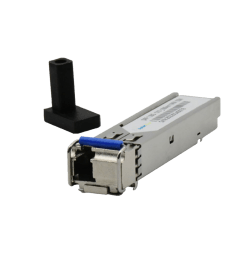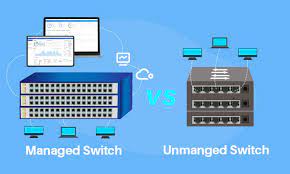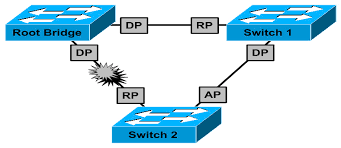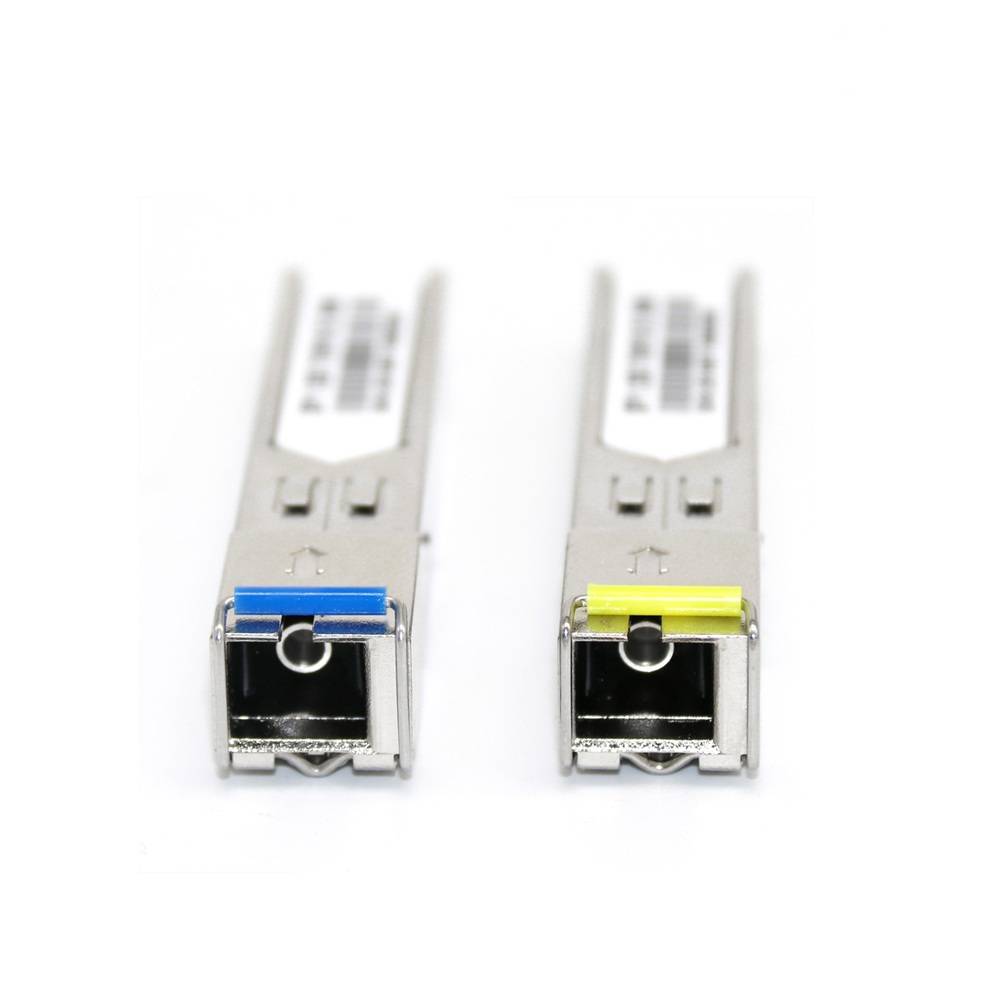The difference between poe and poe+
what is poe?
Power over Ethernet (PoE) is a technology that allows a remote device to transmit electrical power along with data over a standard cable over an Ethernet network. This technology is intended for IP phones, wireless access points, IP cameras, network hubs and other devices for which it is undesirable or impossible to run a separate power cable.
PoE technology is described in IEEE 802.3af-2003 and IEEE 802.3at-2009 standards. Various types of this technology exist before the first standard, but they are not widely used and are used for specific customized uses.
According to the IEEE 802.3af standard, in a four-pair cable, power is supplied through two pairs of conductors. The maximum power reaches 15.4 W at a maximum constant current of 400 mA and a nominal voltage of 48 V. The minimum voltage can be 36 volts and the maximum can be 57 volts. The standard defines 5 classes of devices equipped with PoE technology. , from zero to fourth, each class has its current power and parameters. The most common of them is the first class. For that, the input current is 120mA and the power can vary from 0.44 to 3.84W. The fourth class is not used and is reserved for the future.
The IEEE 802.3at-2009 standard, also known as PoE+ or PoE plus, provides power up to 25.5 watts. This standard prohibits the consumer device from receiving electricity on all four pairs of Ethernet cables at the same time. However, some manufacturers announce the release of devices that consume electricity in all pairs and therefore receive up to 60 watts of power.
In addition to using two free pairs in the 10/100Base-T network, this standard also foresees the use of phantom power for power transmission. The power supply voltage is applied as a potential difference between pairs of conductors (for example, according to method B between pairs 4-5 and 7-8). More modern devices support power transmission through signal wires, i.e. 1, 2, 3, 6. This option significantly reduces cable costs and installation work. This PoE technology is often seen in IP video surveillance points and access points. The standard specifies the pair of conductors for the power supply and its polarity. This technology works with existing cabling systems, including Category 5 cables, without requiring any changes to the existing cabling system.
802.3af PoE-A and PoE-B standards for 100 and 1000 Mbps networks, 8-pin 8-pin pinout (RJ45)
| PINS on Switch | 10/100 DC on Spares (Method B) | 10/100 Mixed DC & Data (Method A) | 1000 (1gigabit/sec) DC & Bi-Data (Method B) | 1000 (1gigabit/sec) DC & Bi-Data (Method A) |
|---|---|---|---|---|
| Pin 1 | Rx+ | Rx+ DC+ | TxRx A+ | TxRx // A+ DC+ |
| Pin 2 | Rx− | Rx− DC+ | TxRx A− | TxRx // A− DC+ |
| Pin 3 | Tx+ | Tx+ DC− | TxRx B+ | TxRx // B+ DC− |
| Pin 4 | DC+ | not used | TxRx // C+ DC+ | TxRx C+ |
| Pin 5 | DC+ | not used | TxRx // C− DC+ | TxRx C− |
| Pin 6 | Tx− | Tx− DC- | TxRx B− | TxRx // B− DC− |
| Pin 7 | DC− | not used | TxRx // D+ DC− | TxRx D+ |
| Pin 8 | DC− | not used | TxRx // D− DC− | TxRx D− |
What is poe switch?
PoE switches are devices that connect network segments, carrying both data and power via PoE. They often power nearby devices that lack a power source, such as multiple security cameras connected to wireless access points in the system. PoE switches also use a standard connector, making installation and use seamless for many users.
Users can manage PoE switches centrally, which is one of the main benefits of upgrading to PoE. In terms of camera system, PoE switches allow users to connect IP cameras directly to PoE switches instead of video recording system (NVR), thus increasing the overall reach of NVR. In addition, neither power surges nor wear and tear will damage PoE switches, and they will not waste a lot of energy during use.
What devices use PoE switches:
Although PoE switches have a variety of advantages and applications in the electronics world, some of the most prominent ones include:
IP security cameras
Network routers
Meters, controllers and sensors
VoIP phones
Remote kiosks
Network webcams
PoE switches have several advantages that vary by device.











